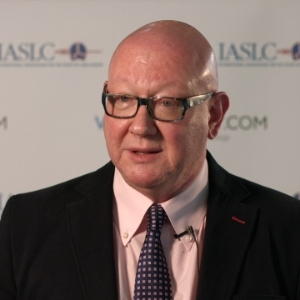Title : Epitomic analysis revealed pemphigus autoantibodies against the ligand-binding pocket of M3 muscarinic acetylcholine receptor
Abstract:
Pemphigus vulgaris (PV) is a potentially lethal mucocutaneous blistering disease characterized by IgG autoantibodies (AuAbs) binding to keratinocytes (KCs) and inducing devastating blisters affecting oral mucosa and, sometime, also the skin. Most PV patients develop AuAbs against desmoglein (Dsg) 3 ± 1, which are believed to cause blisters. Anti-keratinocyte AuAbs in patients who do not have anti-Dsg1/3 AuAbs are also pathogenic, because their IgGs induce skin blistering in neonatal mice. Among known species of non-Dsg1/3 AuAbs are AuAbs against the M3 subtype of muscarinic class of acetylcholine (ACh) receptors (M3AR). This AuAb is pathogenic, because absorption of PV IgGs on recombinant M3AR prevents skin blistering in neonatal mice. The anti-M3AR AuAb produces an agonist-like effect on downstream signalling, but its long-term effect is receptor desensitization, because of which ACh regulation of KCs via M3AR is lost. Epitomics is the study of linear and discontinuous peptide epitope segments of antibodies that serve as a fingerprint to distinguish among different antibodies that bind to the same protein target. The epitomic approach is to immunoselect random sequences from a phage display library and determine the sequence patterns that are common to the antibody. Therefore, we used epitomics to identify the differentially expressed epitope segments of M3AR associated with the acute phase of PV. The study identified 122 statistically significant M3AR tetramers targeted by PV sera. The targeted pentamers encompass the 10 amino acids-long epitope LSEPTITFGT (amino acids 226-235) located on the border of the second extracellular loop and the fifth transmembrane helix, including the tetramer TFGT containing Thr235 which is a part of the ACh-binding pocket. The functional consequences of binding anti-M3AR AuAbs that targeted the ACh-binding pocket was a very high elevation of phospholipase C, which is consistent with an agonist-like effect. In marked contrast, AuAbs that targeted M3AR outside of its ACh- binding pocket produced a much weaker response. These results indicate that acute PV patients develop two types of anti-M3AR AuAbs that possess their own intrinsic activity being able to activate the receptor in the absence of an agonist. One type attaches to orthosteric, ie, ACh-binding, site and elicits a very strong signaling response comparable to a full pharmacologic agonist, whereas another type binds to an allosteric site and elicits submaximal signaling response comparable to a partial (allosteric) pharmacologic agonist. Hence, blocking the functional sequelae of binding of a single type of pathogenic anti-M3AR AuAb, such as one targeting the ACh-binding pocket, may be sufficient to restore keratinocyte adhesion, and, most importantly, treat PV patients without the need to use high doses of systemic steroids.



